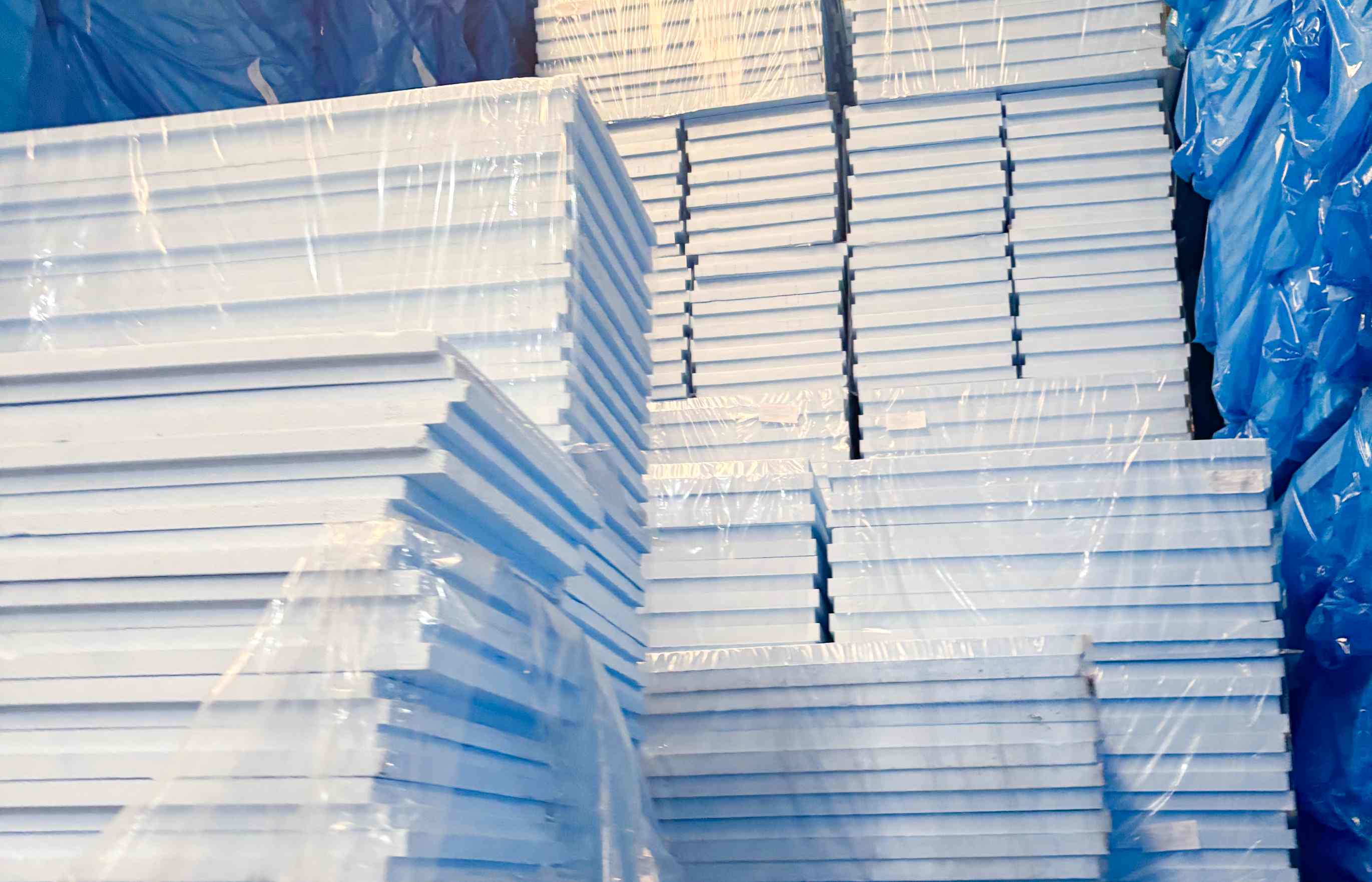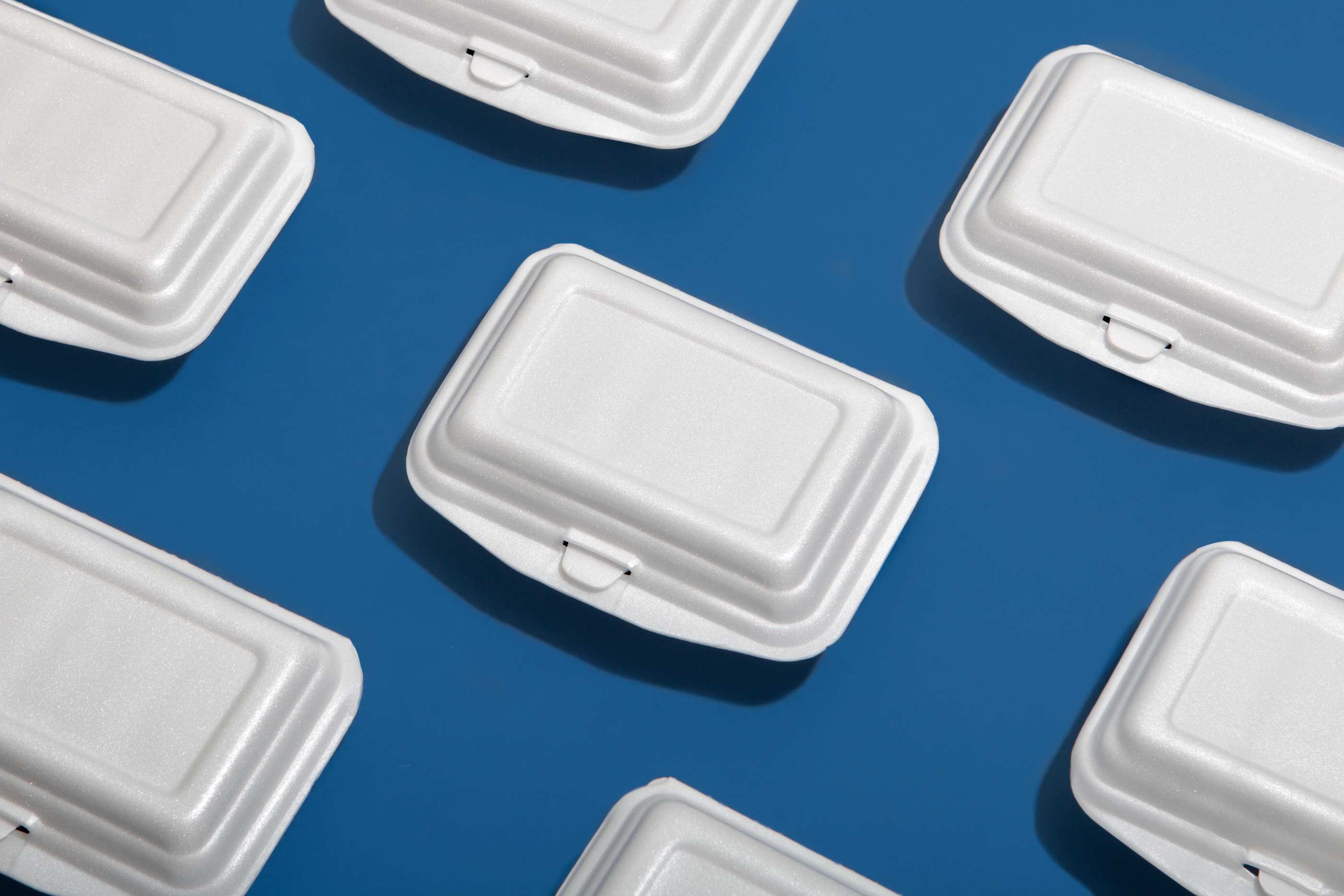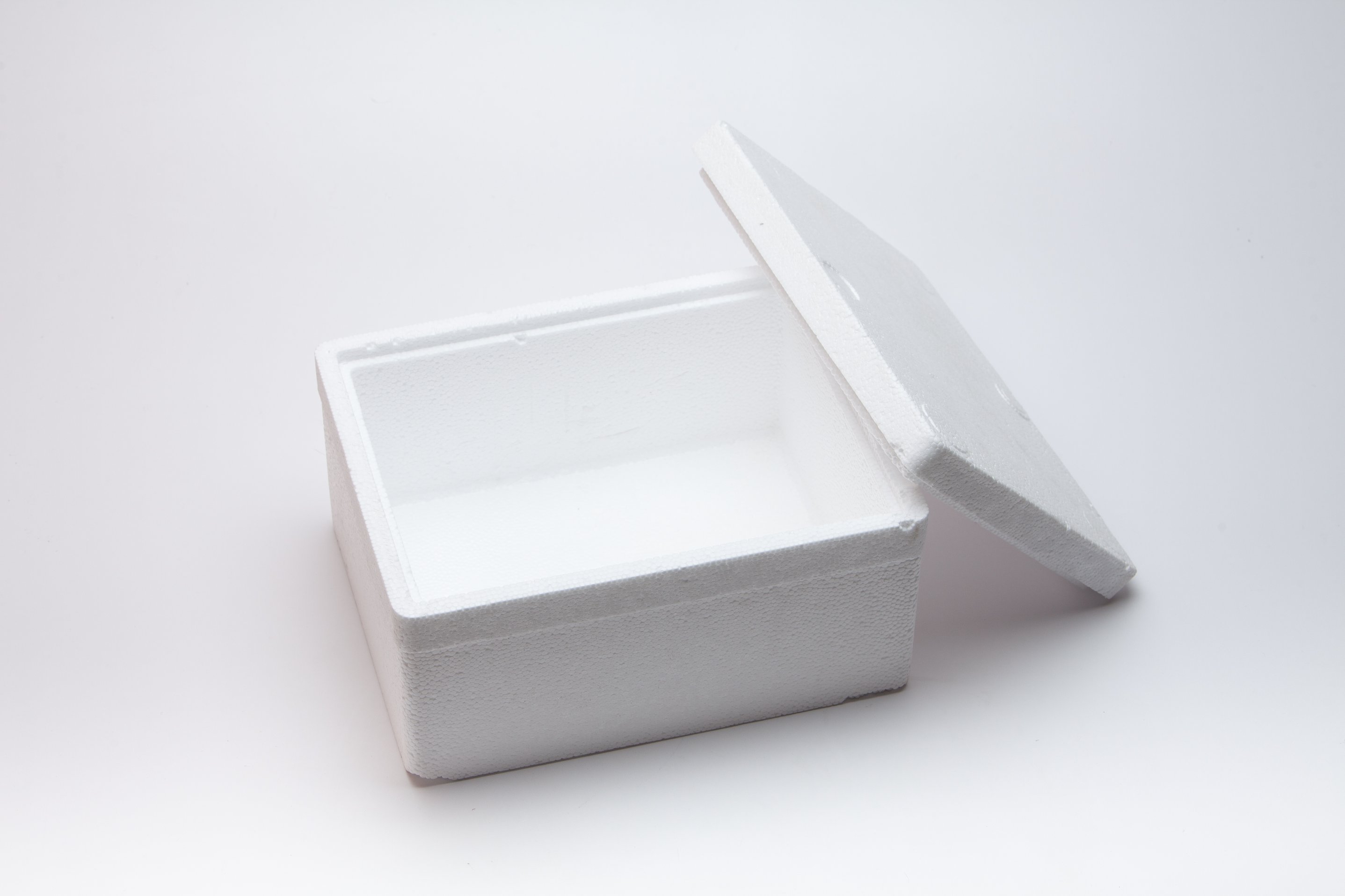Advantages in Packaging:
- Strong cushioning and shock absorption
- Cost-effective and lightweight for shipping
- Wide design flexibility for food and industrial products
- Maintains clarity and presentation in food packaging
Sustainability and Recycling of PS
While PS has faced criticism for its environmental impact, significant progress has been made in recycling and reusing polystyrene.
Recycling Options
Polystyrene can be recycled through mechanical recycling (shredding, melting, and reprocessing) or chemical recycling (breaking down polymers into monomers for reuse). Recycled PS can be transformed into insulation boards, picture frames, and even new food packaging materials.
Eco-Friendly Innovations
Many companies are investing in recycled PS materials to reduce reliance on virgin plastics. For example, recycled PS panels and sheets are gaining popularity in construction and packaging due to their reduced carbon footprint.
Circular Economy Contribution
The recycling of PS plays a vital role in the circular economy, where materials are kept in use for as long as possible. This reduces waste, conserves resources, and lowers greenhouse gas emissions compared to landfill disposal.
Sustainability Advantages:
- Reduces environmental impact through recycling
- Conserves resources by minimizing virgin plastic use
- Supports the global movement toward a circular economy
Conclusion
Polystyrene (PS) has proven to be an indispensable material across multiple industries. In the construction sector, it enhances energy efficiency and design flexibility. In the food service industry, it provides safe, convenient, and affordable packaging solutions. In the packaging industry, it protects goods and reduces shipping costs.
Despite environmental challenges, innovations in PS recycling are opening new opportunities for sustainable applications. As industries continue to seek eco-friendly solutions, PS will remain a valuable material, especially when combined with effective recycling strategies.
In short, PS combines versatility, cost-effectiveness, and recyclability, making it a material that continues to serve key roles in construction, food service, and packaging while adapting to the demands of sustainability in the modern economy.




